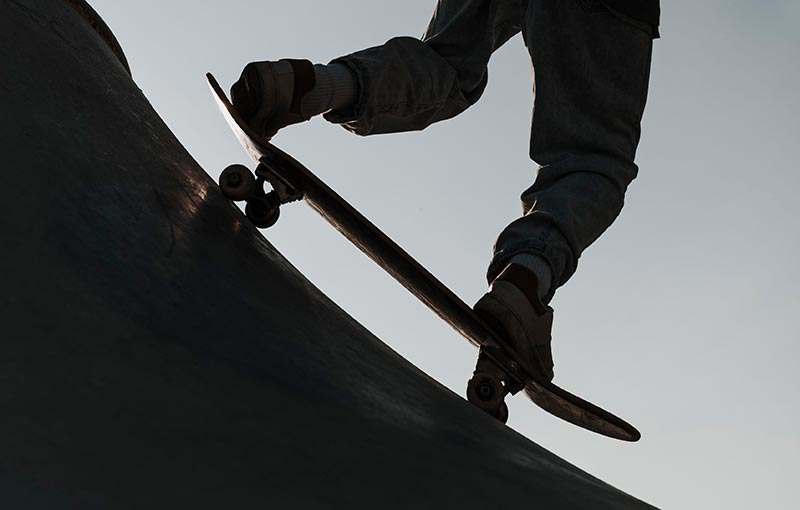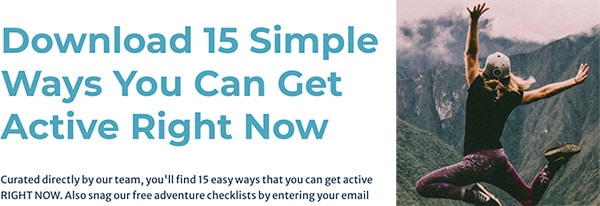Skatepark FAQ

Heading to a skatepark for the first time?
Our FAQ should help get you oriented, so you don’t roll over any toes while you’re there.
What features are in a skatepark?
Different skateparks have different built-in features.
Some of the features you might find in a skatepark include bowls, half-pipes, full pipes, ledges, rails, stairs, pyramids, etc.
A smaller park will likely have fewer permanent features, while the bigger a skatepark, the more features it’s likely to have.
Are skateparks only for skateboarders?
No.
They might be referred to as skateparks, and you will probably see more skateboarders there than anyone else, but the term is actually misleading.
Skateparks are really shared recreational spaces.
Almost all skateparks allow at least inline skates.
But many skateparks also allow roller skates, scooters, and bicycles.
What’s permitted in a skatepark varies from park to park.
So, whoever else is there, and whatever they are riding, try to share the space.
What should you wear to a skatepark?
Almost 40% of U.S. skateparks require helmets, but we recommend wearing one even if it isn’t required.
Knee and elbow pads can also help prevent a lot of injuries (especially if you are new to skating or skateparks).
So, definitely gear up for safety.
Other than that, you should wear something fairly flexible (no tight jeans) that you don’t mind getting dirty.
That way, when you take your inevitable tumbles, you don’t have to worry about your clothes.
And while you can certainly wear any pair of sneakers if that’s all you’ve got, skate shoes will give you more control over your board and hold up better to skatepark abuse.
What should I know about skatepark etiquette?
The most important thing to know about skatepark etiquette is that skateparks operate on a by-turn basis.
That means everyone waits for everyone else to drop in before taking another run themselves.
This means, of course, the more people who are at the skatepark the fewer runs you’ll get in during any set period of time.
Due to this, if you really want some practice time, we recommend getting to a skatepark early in the day, when they tend to be less busy.
You should also know to keep your runs brief.
When a skatepark is crowded, under a minute per run is a good rule of thumb.
(You will also get some idea of how long your run should be by watching the other skaters. If you follow their leads, you should be fine.)
Other than that:
Don’t get in the way of (sit on, put your bag on, etc.) any of the park’s features.
And, remember, if you fall your run is over.
When can I bring my kid to the skatepark?
The American Academy of Pediatrics recommends children not be allowed to skateboard before the age of five.
So, we recommend waiting until your kid is at least 5 years old before bringing them to a skatepark.
After that, it’s really a matter of proficiency.
Before your kid (or anyone) goes to a skatepark, they should master all basic skate skills, including balance, pushing, turning and stopping.
Mastering a few more advanced moves, like kick-turns and ollies, will also help increase confidence and allow a skater to use more of a skatepark’s features.
